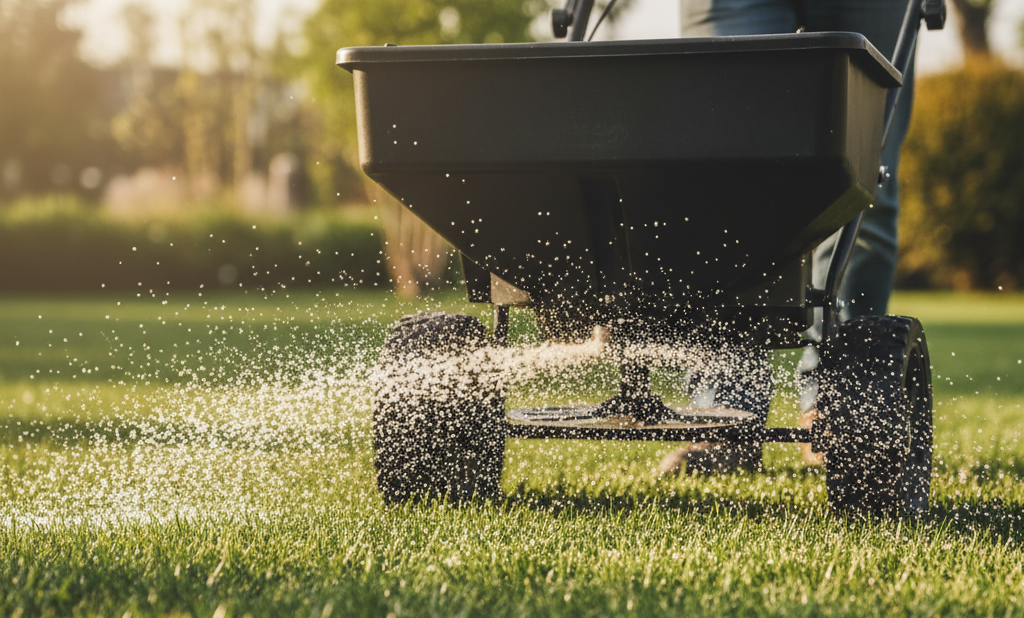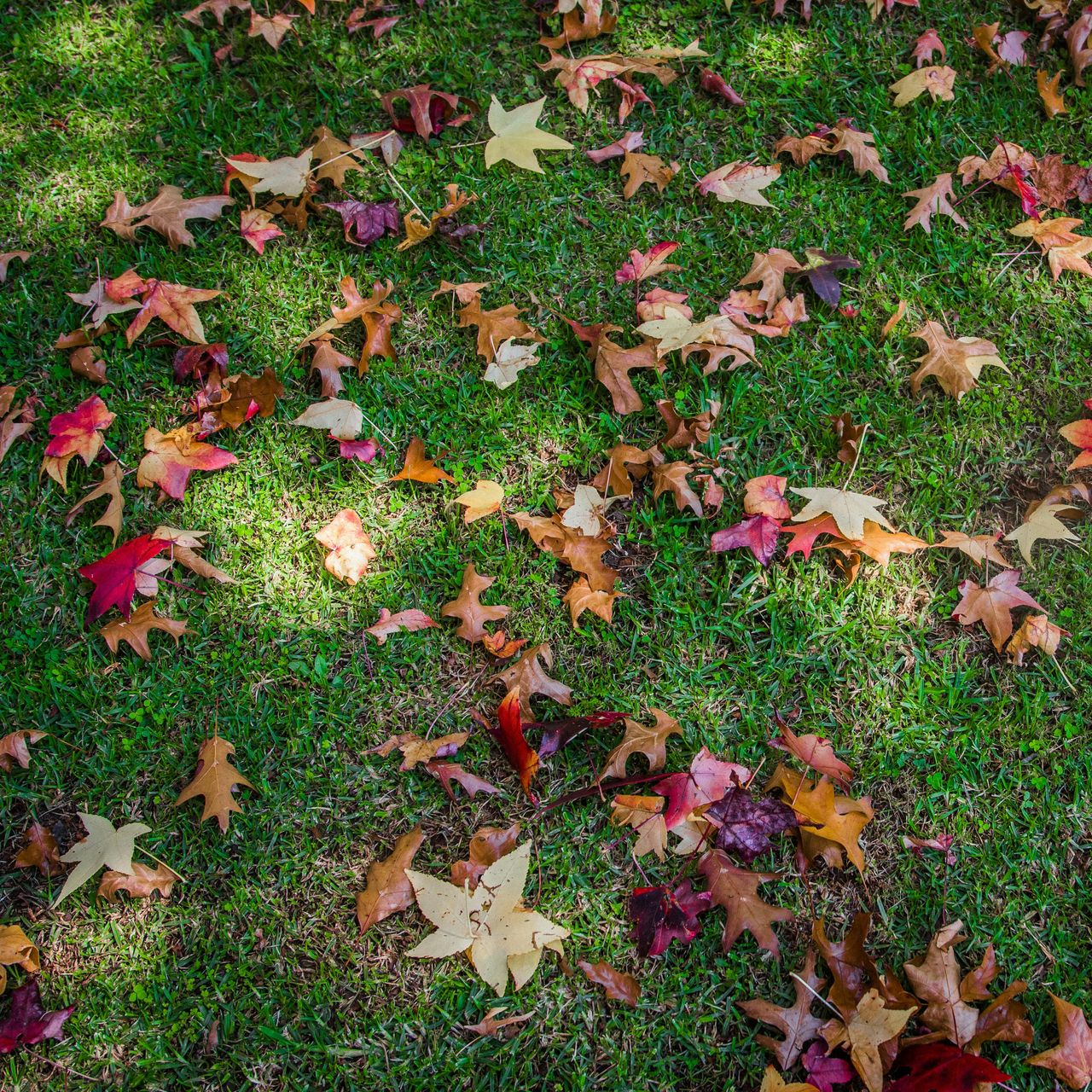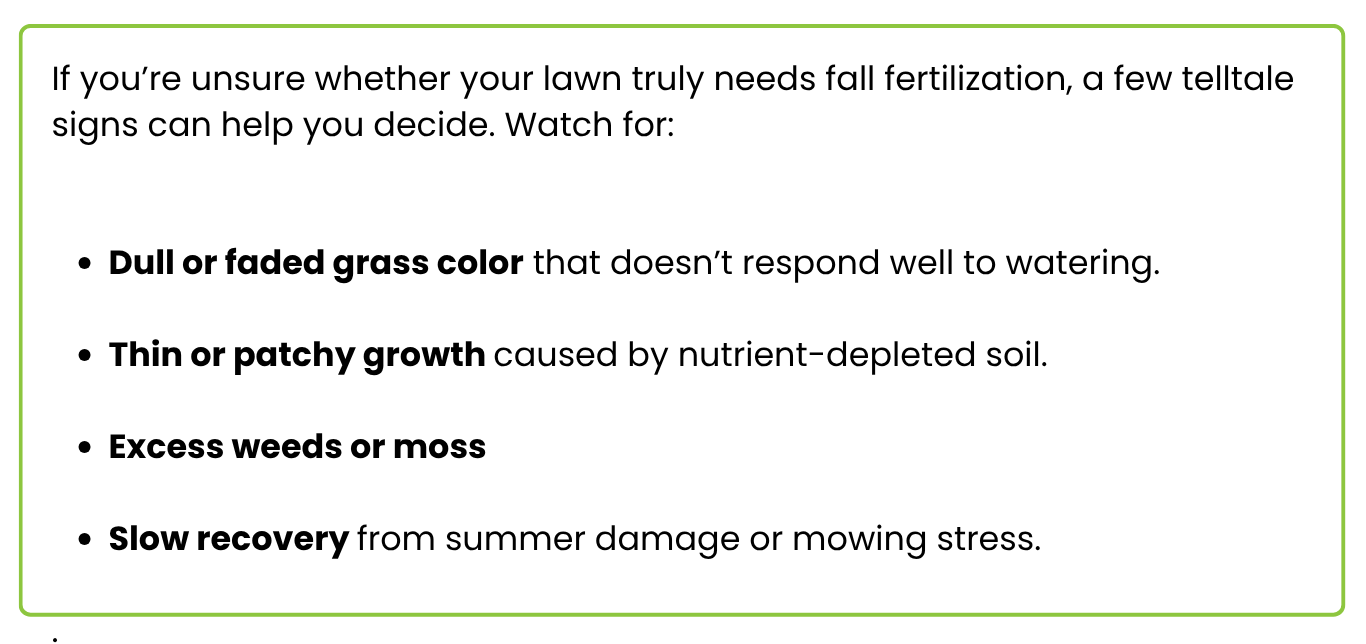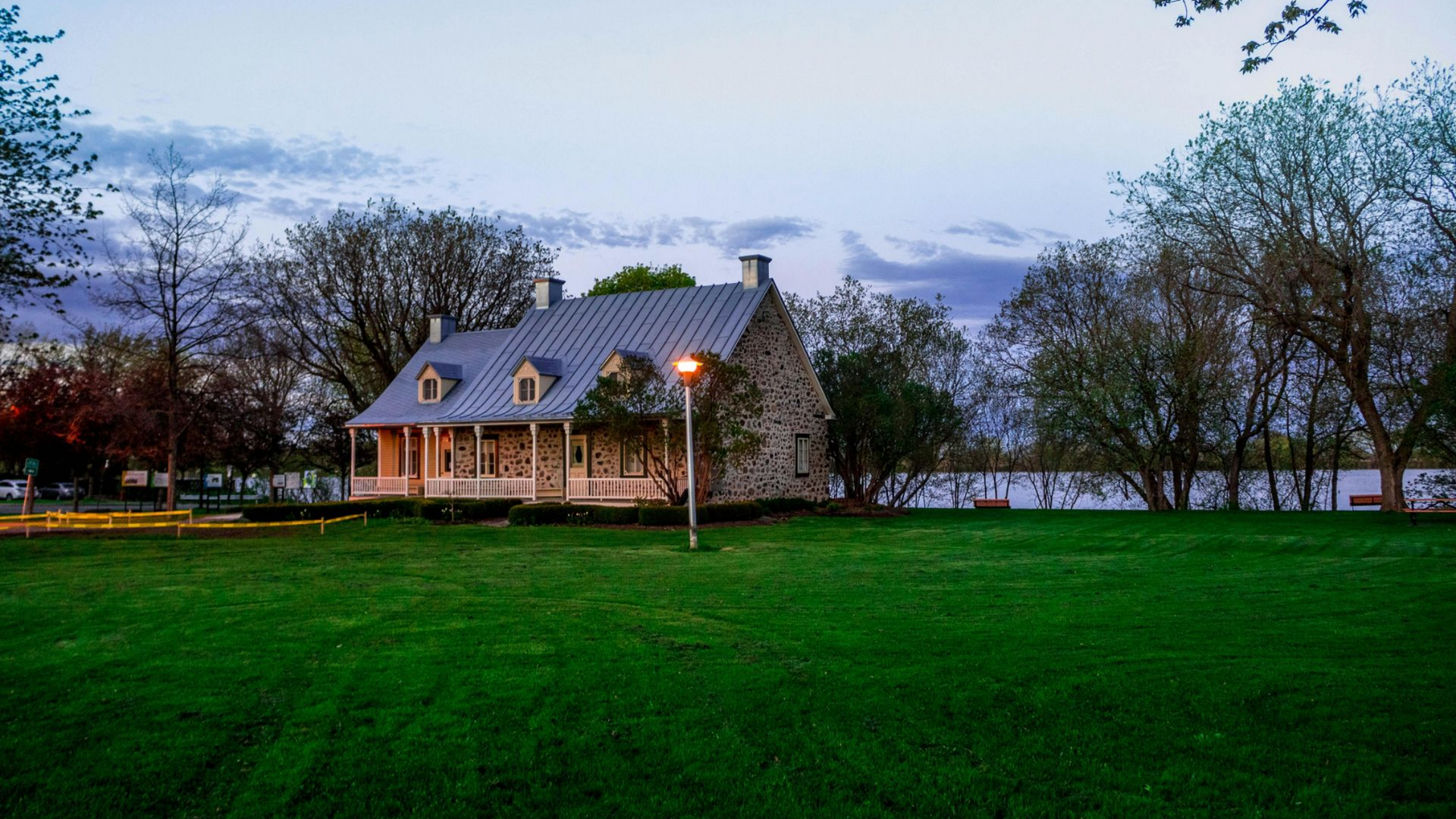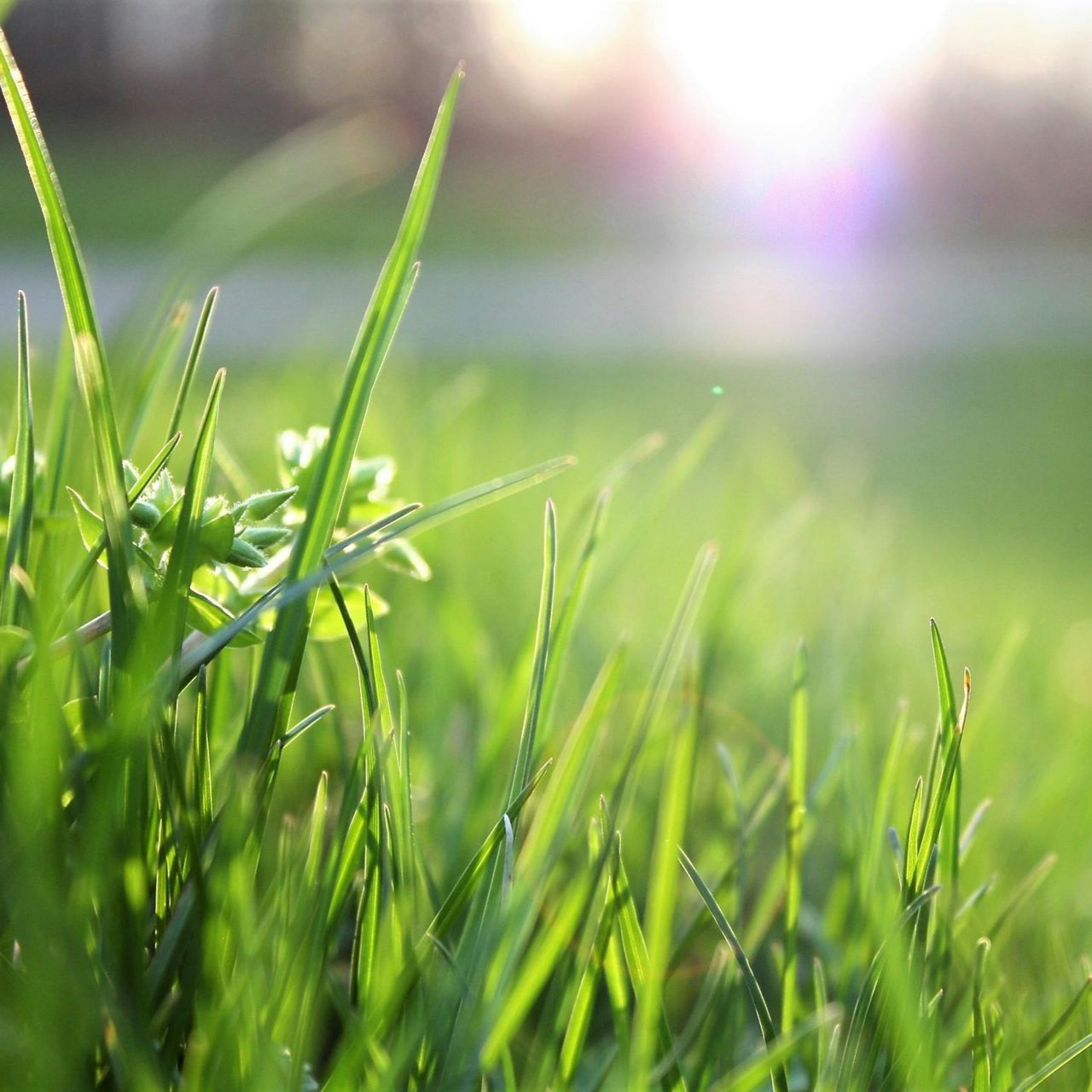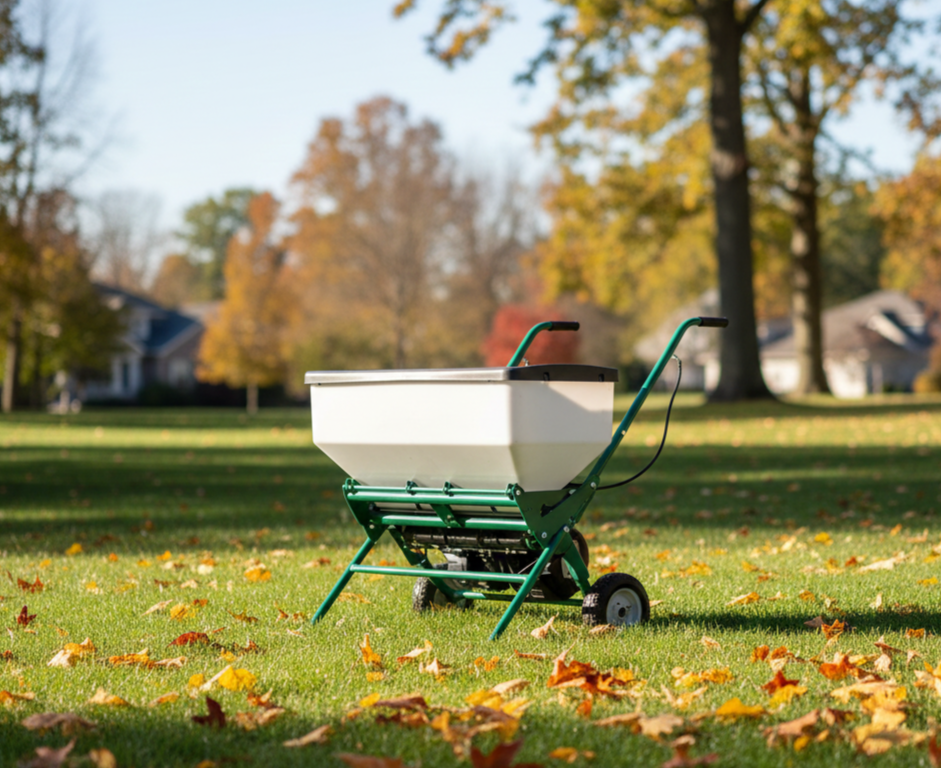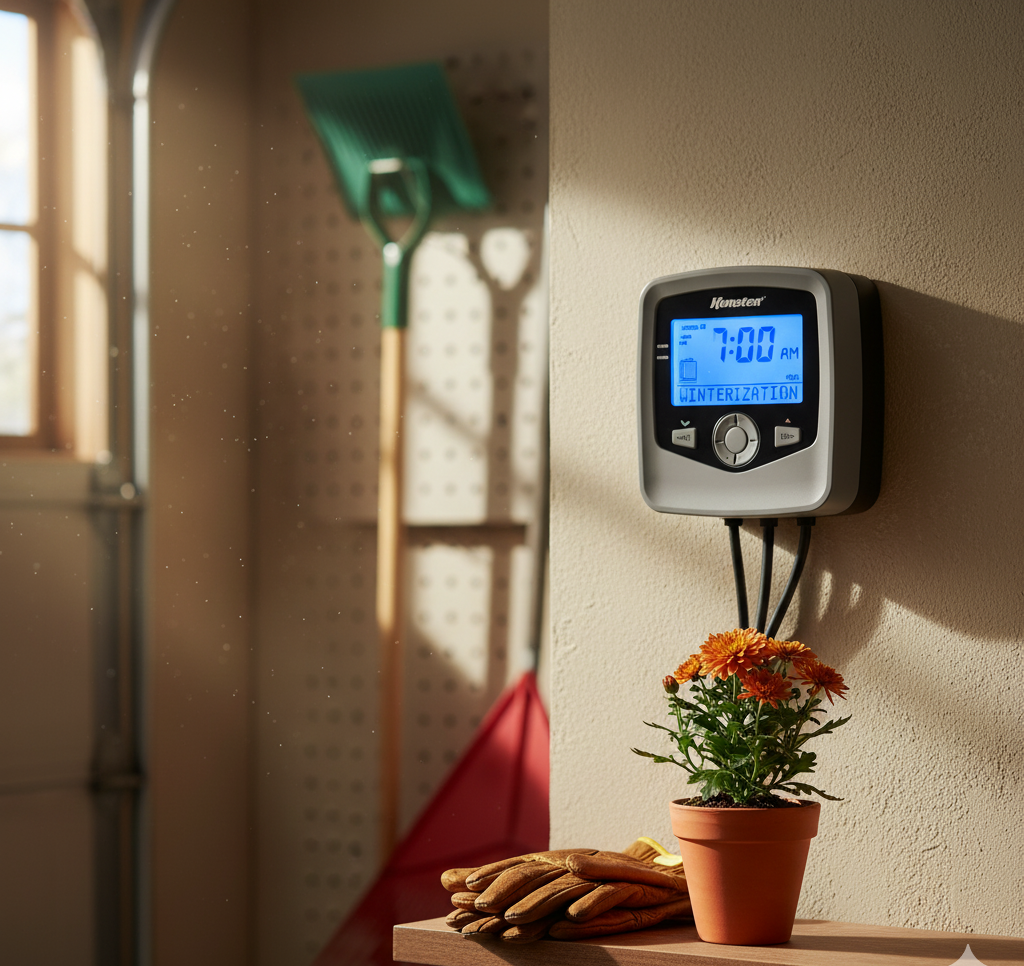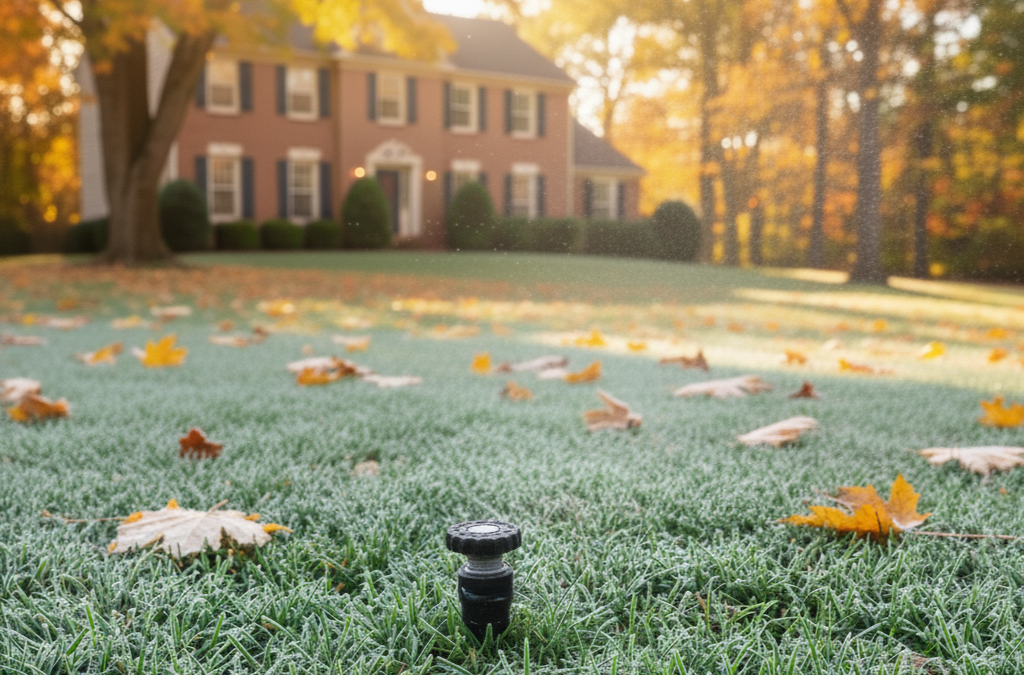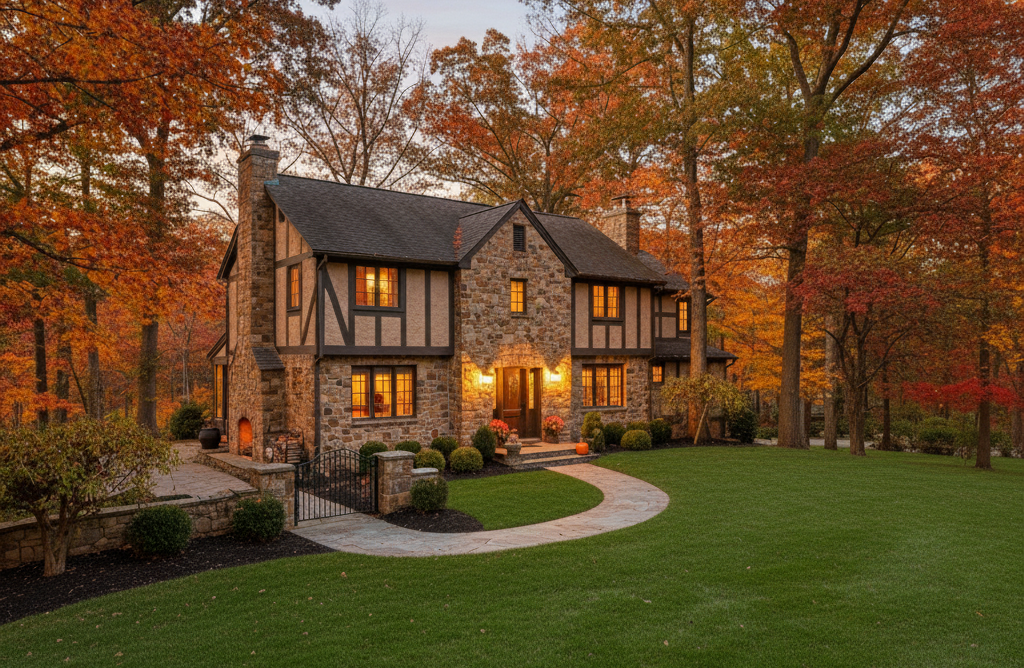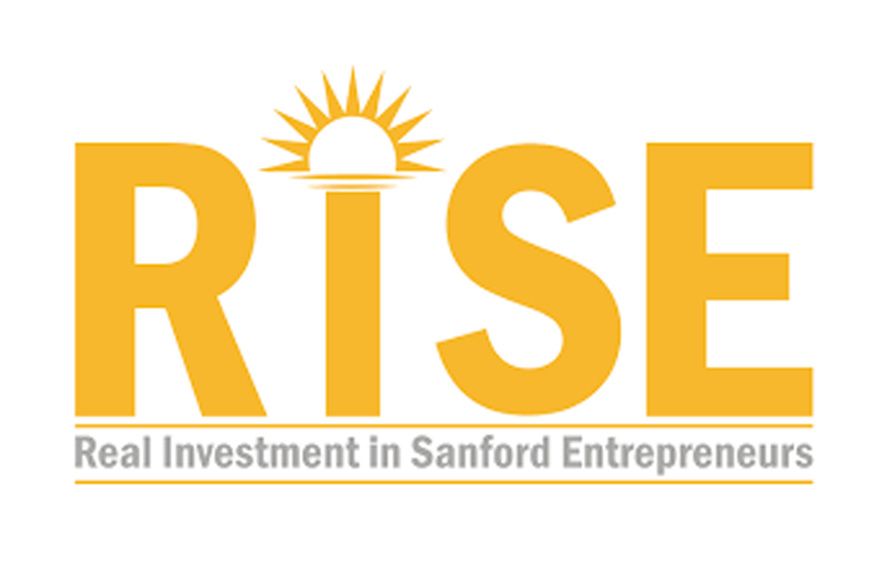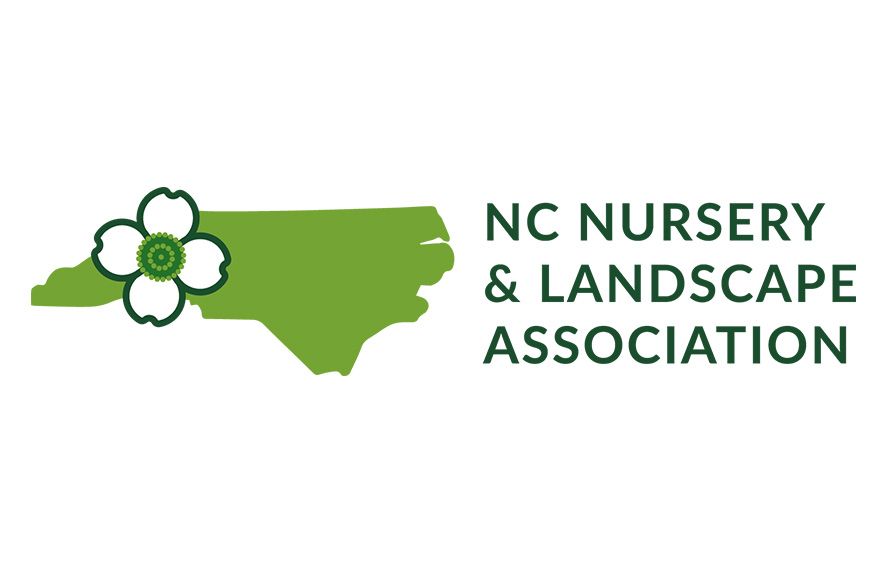Give Your Grass the Boost It Needs Before Winter Arrives
When most homeowners think of lawn care, their minds jump to spring — new growth, bright green color, and the excitement of outdoor season. But the truth is,
the most important work for a healthy lawn happens months before spring even begins.
Fall fertilization is one of the smartest steps you can take to ensure your grass not only survives the winter but thrives in the months that follow.
As autumn settles across North Carolina, your lawn begins a vital transition. The top growth you see above the soil slows down, but underground, your turf is in full swing — absorbing nutrients, deepening roots, and storing energy. This is nature’s
preparation for the colder months ahead. When you
fertilize in fall, you’re feeding that hidden growth, giving your lawn exactly what it needs to face winter stress and burst back stronger and greener when spring warmth returns.
Skipping this step is like sending your grass into hibernation without food. Fall fertilization ensures your turf doesn’t just “get by” through winter — it’s primed to
thrive the moment temperatures rise again.
Why Fall Fertilization Matters in North Carolina
The Science Behind a Stronger Lawn
Signs Your Lawn Needs a Fall Feeding
Even if your lawn looks “fine,” fall feeding is a proactive step that prevents decline before it starts. Fertilization isn’t just for lawns in trouble — it’s a maintenance move that ensures your grass stays lush, dense, and disease-resistant all year long.
The Long-Term Payoff: Stronger Roots, Healthier Turf
A strong root network also means fewer problems down the road. Well-fed lawns are naturally more resistant to diseases like brown patch and dollar spot, and they bounce back faster after stress from foot traffic or weather extremes. Dense turf also prevents weeds from taking hold, since there’s less room for unwanted species to germinate. Over time, you’ll notice that lawns receiving consistent fall fertilization require fewer chemical treatments, less watering, and minimal reseeding.
That’s why professional landscapers call fall fertilization the “silent season saver” — it quietly does the work that pays off months later when your yard becomes the envy of the neighborhood.
What Happens If You Skip the Fall Feeding
Professional Fertilization vs. DIY: Why It Matters
Applying fertilizer might seem simple, but timing, temperature, and dosage are critical. Overfertilizing can burn your lawn or wash nutrients into storm drains, while underfertilizing leads to uneven results and wasted effort. Professional lawn care experts understand how to apply the right product in the right way, maximizing absorption while protecting the environment.
At
Green Garden Landscaping, our team uses professional-grade equipment and slow-release fertilizers that stay active longer through the season. We apply at the optimal soil temperature and calibrate spreaders to guarantee consistent coverage. The result? A balanced, healthy lawn that stays strong through winter and leaps into spring with rich, lasting color.
Environmental Benefits of Responsible Fall Fertilization
Feed Today, Flourish Tomorrow
Fall fertilization isn’t an optional step — it’s the cornerstone of a year-round lawn care strategy. By nourishing your turf before dormancy, you’re giving it everything it needs to face winter stress and rebound beautifully in spring.
Don’t wait until your lawn starts to fade. Contact
Green Garden Landscaping today to schedule your fall fertilization service and enjoy a head start on next year’s lush, healthy landscape.


